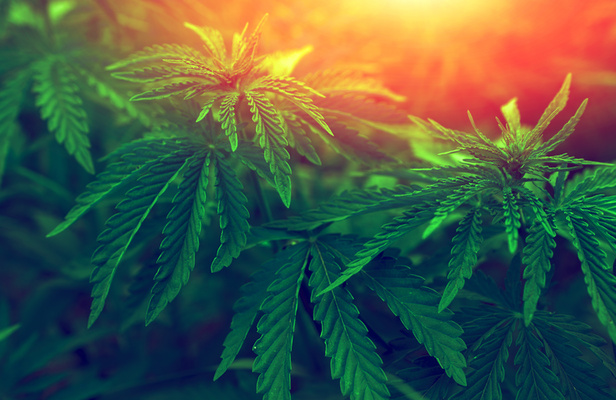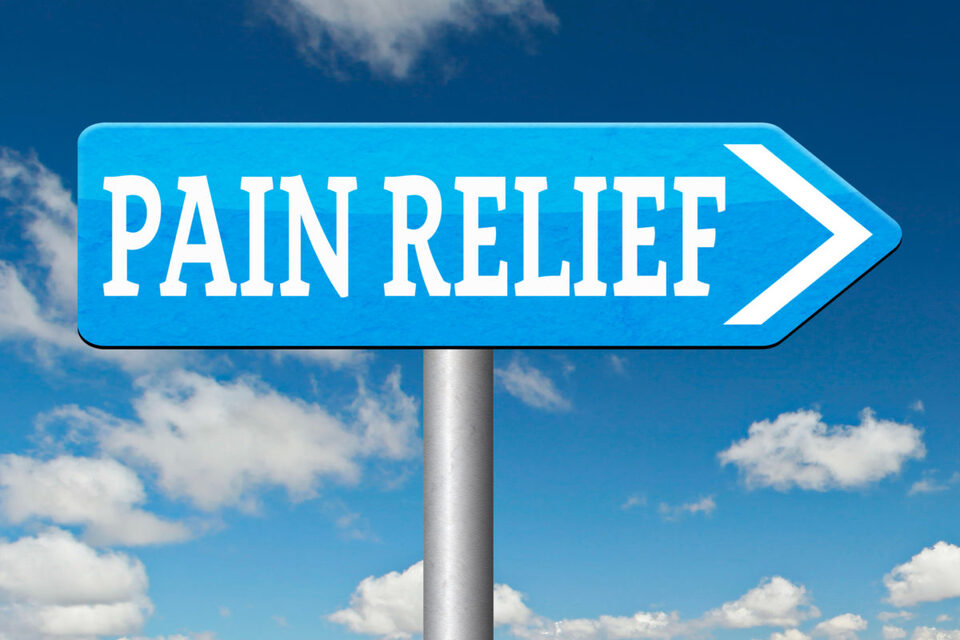
Two thirds of Americans now live in jurisdictions where medical marijuana is legal and almost half live in jurisdictions where recreational marijuana is legal. Chronic pain is the most common reason patients use marijuana, also referred to as cannabis, for medical purposes. Pain patients who have tried marijuana for pain relief and associated conditions such as anxiety, depression and insomnia overwhelmingly report that marijuana is a highly effective pain reliever with minimal side effects and many other positive benefits.. Those who have switched from using opioids and other pharmaceuticals for pain relief report that they get better pain relief, are more functional and have higher quality of life than when they were using pharmaceuticals. Marijuana is definitely safer. In the 5000+ years of known marijuana use there has not been even one reported overdose death. Still, many pain patients who have legal access to marijuana hesitate, often due to youthful negative experiences with illicit marijuana.
Legal vs. Illegal Marijuana
Legal marijuana is a highly regulated product. It must meet good manufacturing processes (GMP), be free of contamination, have standardized levels of key ingredients and be accurately labeled. Illicit marijuana sold on the street by drug dealers is none of these things. It can be laced with other ingredients, including harmless ones like herbs to stretch out the quantity, or dangerous ones such as fentanyl or ecstasy. It can contain mold and other contaminants.
In addition, legal marijuana is labeled with the amount of the two main ingredients of interest: THC and CBD. It will tell you the percentage of each and the ratio. This is important information for determining dosage and likely effects. The THC/CBD ratio will determine whether or not the marijuana will produce a high. A high amount of CBD can also reduce the likelihood of negative side effects from cannabis such as anxiety and paranoia. Since everyone reacts differently to marijuana and other drugs, being able to experiment with different dosages and ratios of THC/CBD allows patients to find the best product for them. With illicit marijuana pain patients have no idea what they’re getting and these types of trials are not possible.
Don’t Want to Get High
Many pain patients say they don’t want to use marijuana because they don’t want to get high. It is the THC content of marijuana and the THC/CBD ratio that determines whether or not it will make someone euphoric. With regulated marijuana products, the patient can select a product that best suits their needs and try different products to find the one that feels the best. THC is best known for its euphoric effect but it’s also good for reducing muscle spasms. A CBD-only product derived from hemp, which is legal everywhere in the US, is a good option for its anti-inflammatory effects for those who wish to get some of the benefits of cannabis without risking the high. Illicit marijuana has been bred to have a very high THC content because the euphoric feeling is what most recreational users are looking for.
It is worth noting that since chronic pain is often accompanied by depression and anxiety, the calming and mildly uplifting effects of THC in small to moderate doses may improve quality of life for many pain patients.
Don’t Want to Smoke It
Many people are averse to inhaling any kind of substance. Smoking marijuana does involve inhaling many other substances that may be irritating and possibly harmful. Licensed marijuana dispensaries sell many convenient marijuana products besides bud, the smokable product. Vaping devices allow the bud to be heated enough to release the helpful vapors from the marijuana without burning the leaf and releasing the other compounds that are irritants.
Licensed marijuana dispensaries also sell many other cannabis products, including tinctures which are taken by mouth and held under the tongue, edibles such as cookies, chocolates, brownies and gummies, and topical preparations for applying to the skin.
Inhaled marijuana has the advantage of providing very quick relief, though the relief is short-lived. Ingested and topical cannabis takes longer for the effects to kick in but medicinal effects last longer.
Illegal marijuana is generally sold only as bud.
Concern about Cognitive Damage or Other Negative Health Effects
There is some evidence that chronic, heavy recreational use in young people whose brains are still developing can have a long=term negative effect on cognitive functioning. Studies on older adults indicate that cannabis use is actually neuroprotective—protecting the brain from the ravages of aging. Recent research also indicates that cannabis has positive effects on the heart and is anti-carcinogenic.
Intolerance of Side Effects
Some pain patients find that the side effects from medical marijuana, which are very rarely serious, are difficult to tolerate. These are generally associated with THC, not CBD, so a product with a lower THC content, or a CBD-only product derived from hemp, may be a better choice. Side effects can include tolerance, psychological dependence, altered senses, dizziness, drowsiness, fatigue, reduced coordination, cognitive impairment, impaired balance, euphoria, paranoia, hallucinations, mood alterations, panic, anxiety, low blood pressure, high blood pressure, rapid heart rate, flushing, fainting, dry mouth, nausea, vomiting, distortion of taste, tooth discoloration, loss of appetite, increased appetite, oral thrush, diarrhea, constipation, urinary retention, skin rash, dry eyes, blurred vision, cough or sore throat.
Because these side effects are possible, it’s best to start with a low dose of a low THC product and increase until an optimal balance is found for pain relief with no or minimal side effects.
The Cost is Too High
Many pain patients have inadequate resources to meet their basic needs. Medical marijuana is not currently covered by health insurance so the financial barriers appear prohibitive.
Some state medical marijuana laws allow individuals to grow their own marijuana plants. This can be done indoors or out and is the least expensive way to get marijuana, but may take more effort than most pain patients can manage.
Medical marijuana can replace multiple drugs taken by pain patients, including opioids, gabapentinoids, anti-inflammatory drugs, anti-anxiety drugs, antidepressants and many others. The cost of copays for these drugs for those who are on many can be more than the cost of medical cannabis per month.
Health insurers will not cover medical marijuana until there is federal legalization. Current federal law classifies marijuana as a Schedule 1 drug—a drug with no accepted medical use and a high potential for abuse. Federal legislation to change this, the MORE Act, passed in the House of Representatives in 2020 but was not considered in the Senate. It has been reintroduced in the House of Representatives this year, but not yet voted on. The Senate is considering similar legislation. 91% of the American people support legalization of medical and/or recreational marijuana. Contact your congressional representative and urge them to vote for the MORE Act.
The Bottom Line
Many pain patients who have legal access to marijuana and could benefit from its use are reluctant to do so. Medical marijuana’s many benefits warrant reconsideration for the many patients who may have ruled it out due to lack of accurate information.
Find a Medical Marijuana Doctor
Cindy Perlin is a Licensed Clinical Social Worker, certified biofeedback practitioner, chronic pain survivor, the author of The Truth About Chronic Pain Treatments: The Best and Worst Strategies for Becoming Pain Free and the founder and CEO of the Alternative Pain Treatment Directory. She has been helping her clients in the Albany, NY area reach their health and wellness goals for over 27 years. See her provider profile HERE.
Related Articles











Comments